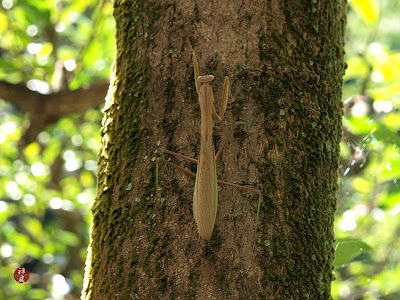The word "Jizo" corresponds to the Sanskrit word of "kShiti garbha." This Sanskrit word means the womb (garbha) of earth (kShiti) which creates all living things through its infinite mercy. The word "Bosatsu" corresponds to the Sanskrit word of "Bodhisttava," which means the unawakened Buddha on the eve of his final enlightenment.
In old Japan, based on Buddhist apocalypticism (Mappo-idea,) people believed that, after death, only a selected minority group of people could ascend into the Pure Land (the land of happiness) and a majority of common people had to fall down to the dark floor of hell (Jigoku) and be punished without end. In the era of such an apocalyptical world-view, Jizo Bosatsu was popularly worshipped because he was believed to come down to the hell and save all suffering people from being punished endlessly in the hell by substituting himself for such suffering people.
Additionally, in Japan, Jizo Bosatsu is especially venerated as the guardian of dead children who died prematurely before the death of their parents. Jizo Bosatsu protects such unfortunate children from being distressed by the punishers (Oni) of the Children's Limbo.









































